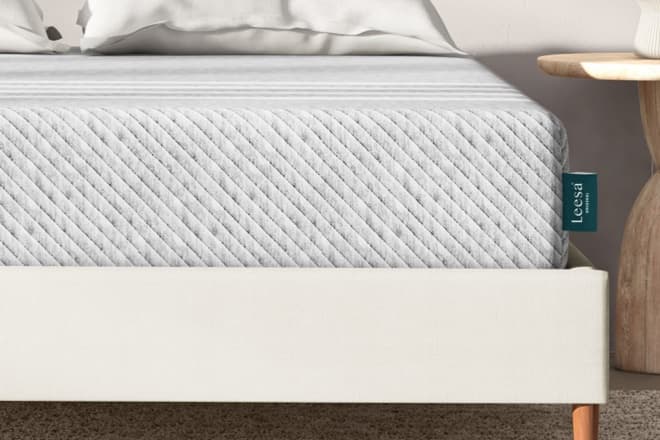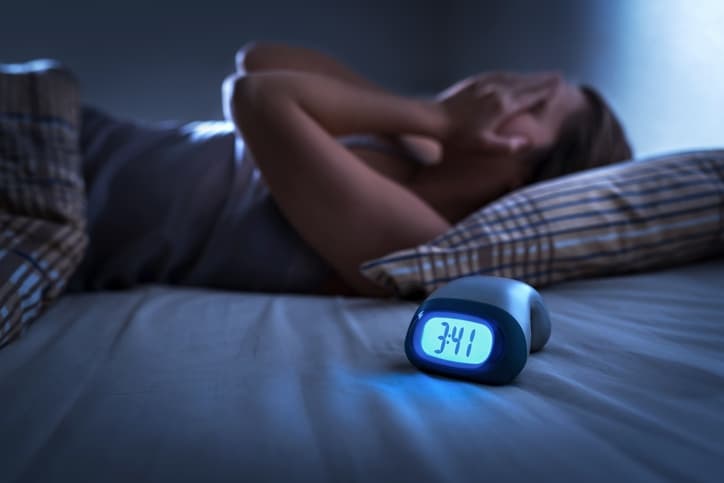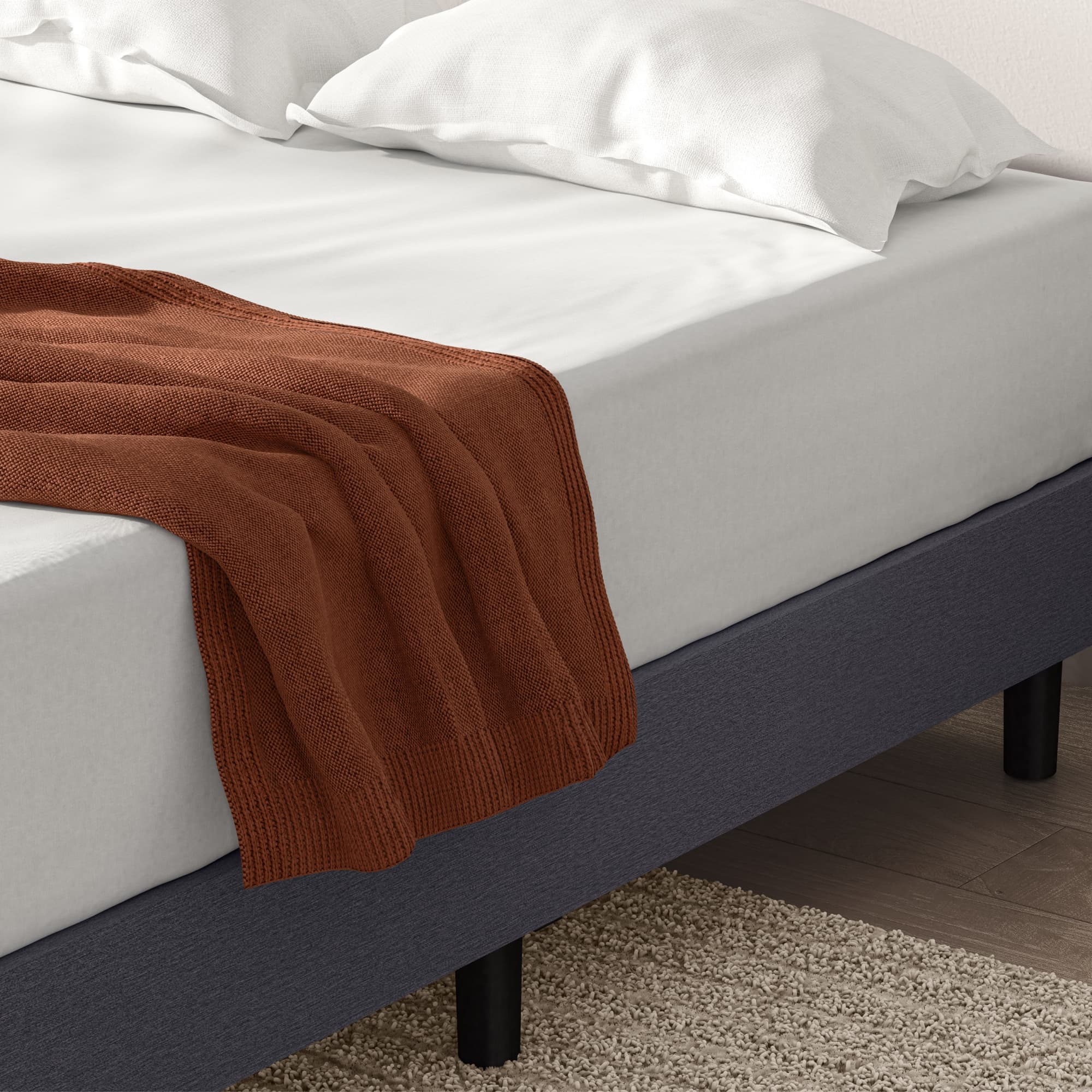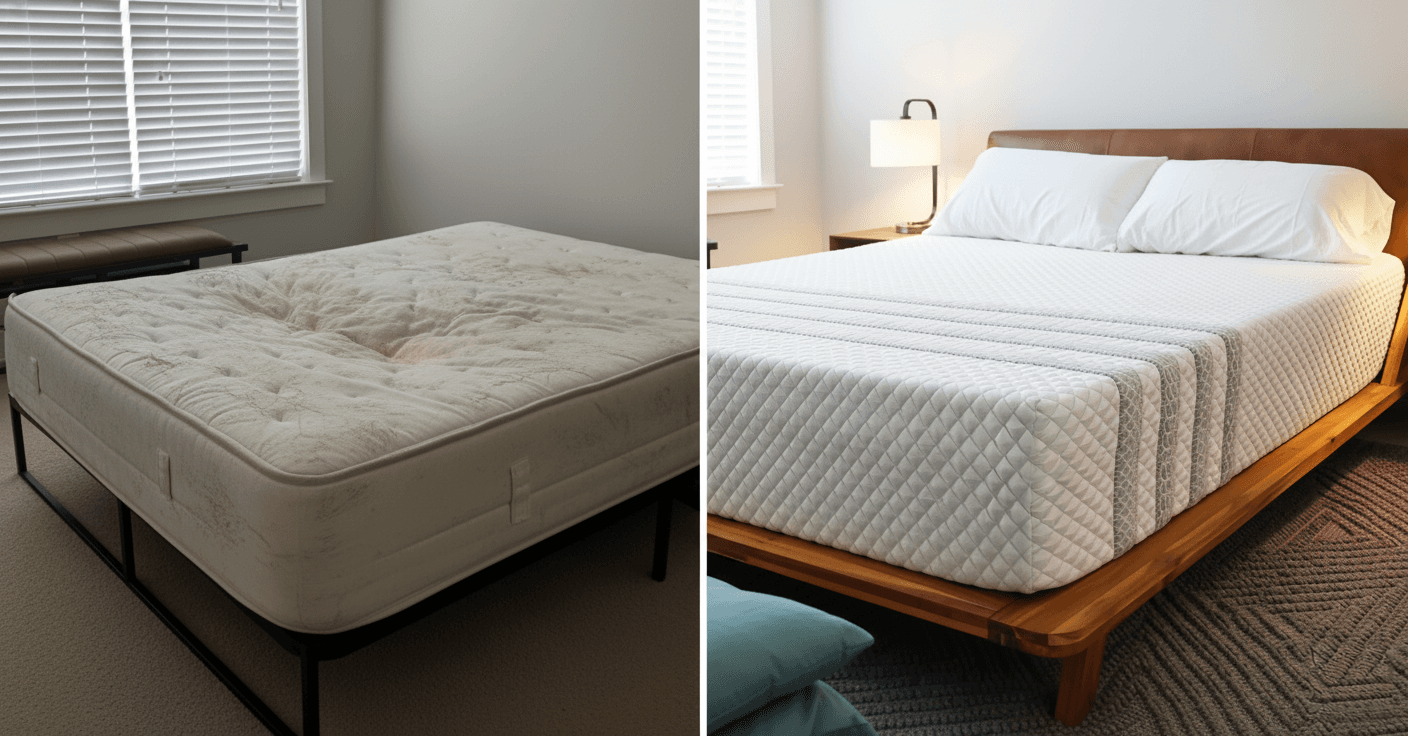Sleep schedules are like the food you eat. Cleaning up your diet can make your whole body feel better. And intentionally working to fix your sleep schedule can improve your overall health and well-being.
If one of your problems is a bed that you just can’t get comfy on? It’s time to ditch that old mattress and invest in better sleep.
Leesa wants to help you get great sleep with a high-quality memory foam mattress, like our Leesa Original. But a good mattress is just the start. Leesa mattresses work best with a good sleep schedule. Check out our tips on how to fix your sleep schedule and get your best night’s sleep every night.
Causes and Signs of a Poor Sleep Schedule
Sometimes the signs of a poor sleep schedule go unnoticed. We get so used to them that it becomes our normal state of being. If you find yourself chugging coffee or craving sugar all day, that’s a sign that your body is low on energy. And also isn’t getting the quality rest it needs. Brain fog, difficulty focusing or concentrating, and irritability are also signs that it’s time to fix your sleep schedule.
Poor sleep schedules are often the result of obvious bad habits that we’ve adopted over the years. Like regularly staying up too late watching the newest season of our favorite show, for example. But other causes are more subtle, and you may not realize how much they’re affecting your sleep.
These are some of the most common reasons why people have trouble falling asleep and staying asleep:
Jet lag and travel—Traveling across time zones can throw off your body’s internal clock, disrupting your sleep schedule.
Shift work—Regular night shifts or shifts at varying times can also affect your body’s natural circadian rhythm.
Artificial light exposure—Too much exposure to artificial light, especially before bedtime, can keep your body from producing melatonin, a hormone that is essential for sleep.
Caffeine and energy drinks—If you’re downing caffeine to stay awake during the day, it can make it harder for you to fall asleep at night.
Stress and anxiety—This is a big one. Stress causes your mind to race at night, keeping it from shutting down for sleep.
Tips to Fix your Sleep Schedule
If you’re ready to fix your sleep schedule and get consistent quality sleep, start incorporating these tips. Remember, small changes can make a big difference. Over time, these changes will become habits, and you’ll be on your way to fantastic sleep.
Tip 1: Create a relaxing bedtime routine.
A consistent, relaxing bedtime routine preps your mind and body for sleep. But don’t forget that artificial light will keep your mind alert. So put down that phone, shut off the TV, and find a calming activity that relaxes you.
Read a few chapters of a good book, draw a warm bath, meditate, or do some gentle yoga or stretches. Try to do the same activities at the same time every night as you work to fix your sleep schedule. Eventually those habits will cue your body that it’s time for sleep.
Tip 2: Stick to a regular sleep schedule.
If you don’t have a consistent bedtime and wake up time, your body won’t know when it needs to be awake. Or, when it’s time for sleep. It’s important to maintain a regular sleep schedule—even on the weekends.
Some people are natural early birds, while others are complete night owls. In an ideal world, we would all be able to follow our bodies’ natural sleep cycles . But the reality is that we sometimes go to bed earlier and wake up earlier than our bodies would like.
So choose a bedtime and wake up time that works with your schedule and gives you enough sleep (7-9 hours), then stick to it. Over time, your body will adapt, and it will appreciate the consistency.
Tip 3: Make sure your bedroom is dark, quiet, and cool.
A room that is dark, quiet, and cool is the ideal sleeping environment. Studies have found that the best temperature range for sleep is 60-67°F . So if you want to fix your sleep schedule, don’t be afraid to turn that thermostat down.
Blackout curtains can be a huge help if your bedroom gets a lot of ambient light. And you should make sure you don’t have electronic devices in your bedroom emitting light. Even a small amount of light can disrupt sleep, so make your room as dark as possible and use an eye mask if needed.
If you live in the middle of the city, earplugs can be a lifesaver. Just make sure they’re soft, comfortable, and fit your ears well.

Tip 4: Avoid caffeine and alcohol before bed.
Caffeine and alcohol can both disrupt sleep. So if you need to fix your sleep schedule, make sure you’re not drinking either one close to bedtime. While alcohol does make most people sleepy, it also affects the sleep cycle by suppressing REM sleep. And caffeine, of course, keeps your mind and body awake and alert.
As a general rule of thumb, you should stop drinking caffeine at least 4-6 hours before bedtime and avoid alcohol for four hours. If your regular nighttime routine includes relaxing with a glass of wine? Try swapping it out for a non-caffeinated herbal tea to help you break the habit as you fix your sleep schedule.
Tip 5: Get regular exercise.
Just 30 minutes of moderate exercise a day has been shown to significantly improve sleep quality. And the type of exercise doesn’t matter. The key is raising your heart rate and keeping it up for that 30-minute time frame.
So feel free to do whatever kind of workouts you enjoy—brisk walks, active yoga, weightlifting—just make sure you’re consistent and stick with it. Add it to your daily schedule and make it a priority; eventually, it will become a regular habit.
Tip 6: If you can't fall asleep after 20 minutes, get out of bed and do something relaxing until you feel sleepy.
Ever lay in bed calculating how much (or little) sleep you’ll get if you fall asleep immediately? As you probably already know, laying in bed thinking about sleep doesn’t usually make it happen any faster—just the opposite, in fact.
So if you can’t fall asleep after around 20 minutes in bed? It’s time to get up, move to a different room, and enjoy a relaxing activity until you feel sleepy. Read a book, take a warm bath, meditate—but make sure you keep the lights dim and avoid screens.
Additional Things to Consider
If you’ve implemented all of these tips but are still having trouble falling or staying asleep? Here are some additional steps you can take to fix your sleep schedule.
Gradually adjust your bedtime by 15-30 minutes each night
If you’re naturally an extreme night owl, it can be hard to adjust to an earlier bedtime. So make it a gradual process, moving your bedtime back just 15-30 minutes each night, or even each week. Let your body slowly adjust as you fix your sleep schedule. Rather than trying to force yourself to go to sleep three or four hours earlier than you’re used to.
Avoid napping during the day, especially in the afternoon
Sometimes we need a quick nap to get through the day. But napping too long or at the wrong times can disrupt sleep later at night. Try to avoid napping if at all possible, or limit yourself to no more than 30 minutes in the late morning or early afternoon.
If you still have trouble sleeping, consider talking to your doctor
Sometimes poor sleep is the result of a medical issue. Things like sleep anxiety, depression, and hormone issues can all contribute to nights spent laying awake, tossing and turning.
Don’t be afraid to talk to your doctor about your sleep. They can recommend medications, therapy, and other tools to help your body get the restorative rest it needs.
Get Better Sleep with a Leesa Mattress
Finally, don’t forget that good sleep starts with a good bed. If your mattress is lumpy, sagging, and unsupportive, the first step to fix your sleep schedule is to get a mattress that you love. Start by taking our quiz to find your perfect mattress, so you can fall asleep, stay asleep, and wake up refreshed.



